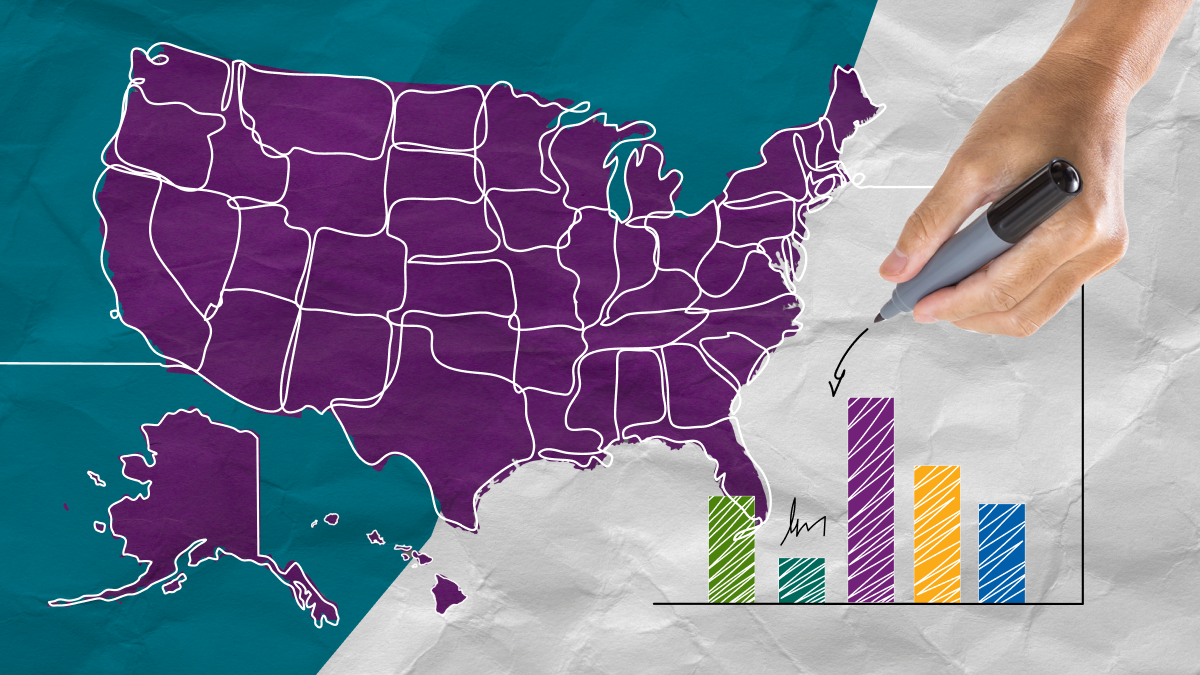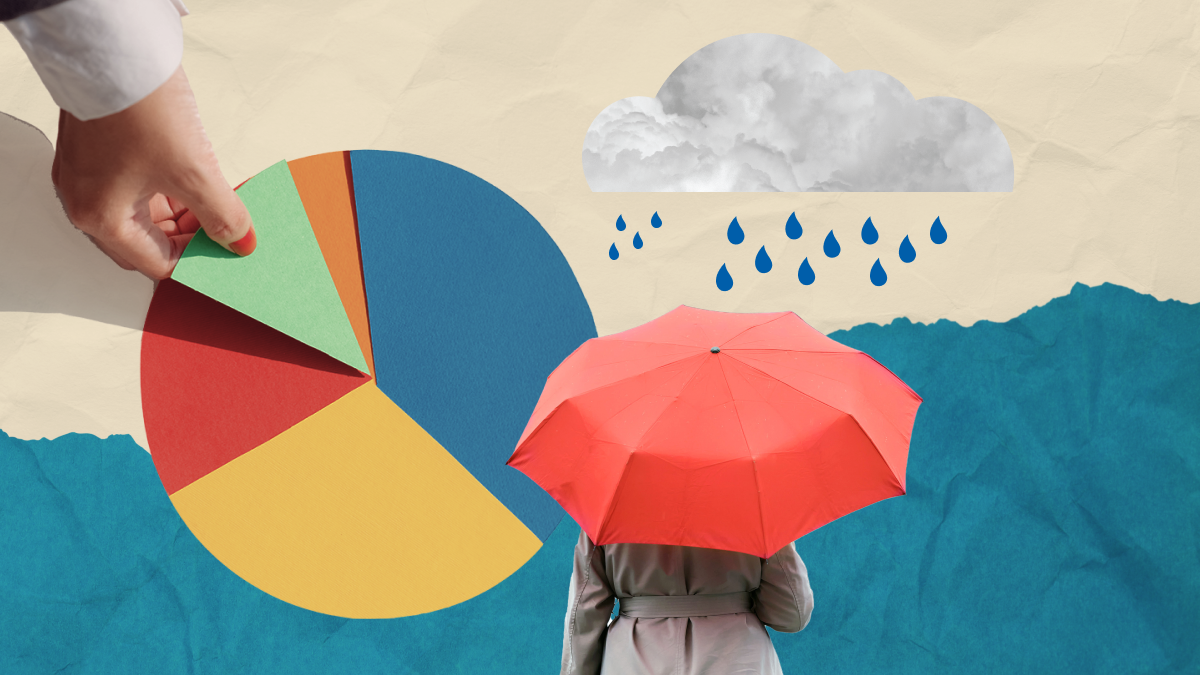Purpose

Mental health data highlights
Youth mental health
29% or 1 in 3 U.S. high school students reported their mental health was not good most of the time or always during the past 30 days. See more Life Satisfaction & Healthy Days data.
Adult depression
19% or 1 in 5 U.S. adults were ever told by a doctor or other health care professional that they had any type of depression disorder. See more Mental Health Conditions & Care data.
Adult social and emotional support
82% or 4 in 5 U.S. adults, felt they received the social and emotional support they needed. See more Community & Connection data.
Explore mental health data, trends, and resources
Understanding data from across CDC sources can help paint a comprehensive picture of the overall state of mental health and well-being among youth and adults. Explore the topics below to learn more.
Mental health definitions
- Mental health is the component of behavioral health that includes our emotional, psychological, and social well-being.1 Mental health is a state of well-being that enables us to cope with the stresses of life, realize our abilities, learn well and work well, and contribute to our community.2
- Mental distress3 is a general term for a subjective sense of discomfort, mental anguish, perceived lack of control, anxiety, or stress. This state is also known as psychological distress.
- Well-being4 is a state of positive functioning and general satisfaction with life, including the presence of positive emotions. This state may also be due to economic, environmental, and social conditions that contribute to a sense of purpose and meaning.
- A mental health condition is an illness or disorder that affects your thinking, feeling, behavior, or mood.5 Health care professionals use guidelines in the Diagnostic and Statistical Manual of Mental Disorders to diagnose mental health conditions.6
CDC's prevention approach
Addressing the nation's mental health crisis relies on more than treatment. CDC focuses on the drivers of well-being and mental distress to promote well-being and prevent mental health conditions before they develop or worsen, particularly among youth. Learn more about CDC's approach.
- SAMHSA. (2023). What is Mental Health. Retrieved April 10, 2024 from https://www.samhsa.gov/mental-health
- World Health Organization. (2022). Mental health. Retrieved on June 24, 2024 from https://www.who.int/en/news-room/fact-sheets/detail/mental-health-strengthening-our-response
- American Psychological Association (APA). (2018). Dictionary of psychology: Psychological distress. Retrieved on April 10, 2024 from https://dictionary.apa.org/psychological-distress; SAMHSA. (2023). Warning signs and risk factors for emotional distress. Retrieved on April 10, 2024 from https://www.samhsa.gov/find-help/disaster-distress-helpline/warning-signs-risk-factors.
- Centers for Disease Control and Prevention. (2022). Well-being concepts. Retrieved on April 10, 2024 from https://archive.cdc.gov/#/details?url=https://www.cdc.gov/hrqol/wellbeing.htm; WHO. (2024). Promoting well-being. Retrieved on April 10, 2024 from https://www.who.int/activities/promoting-well-being.
- SAMHSA. (2023). Mental health and substance use disorders. Retrieved on April 10, 2024 from https://www.samhsa.gov/find-help/disorders.
- American Psychiatric Association. (2022). Diagnostic and statistical manual of mental disorders (5th ed., text rev.). https://doi.org/10.1176/appi.books.9780890425787





